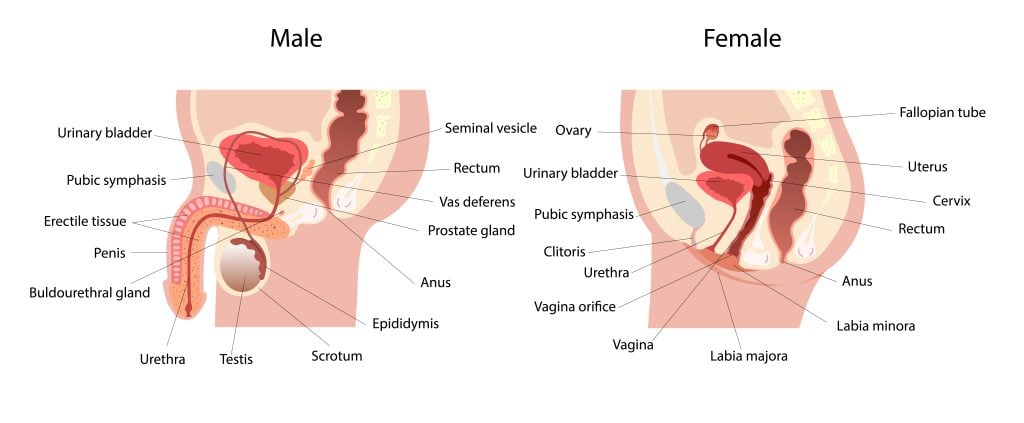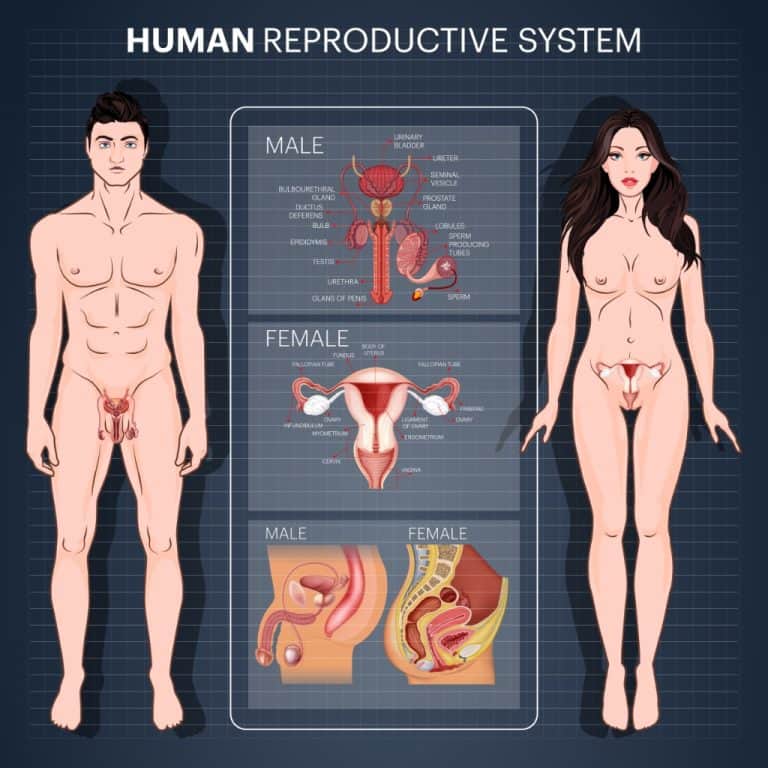Welcome to the Reproductive Anatomy quiz! In this quiz, we will explore the fascinating world of the male and female reproductive systems. You will learn about the different parts of the body that play a role in reproduction and how they work together to create new life.
Get ready to dive into the intricate details of the male and female reproductive anatomy. From the ovaries and fallopian tubes in females to the testes and vas deferens in males, you will discover how each part plays a crucial role in the process of conception. By the end of this quiz, you will have a better understanding of how our bodies are designed for the amazing miracle of reproduction.
Play Reproductive Anatomy Quiz
Instructions
- This quiz is multiple choice.
- Read each question carefully before selecting an answer.
- Choose the best answer for each question.
- You will see the missed questions with correct answers at the end of the quiz.
Reproductive System Labeled

Quick Facts
- The study of how living organisms produce offspring involves understanding the body parts involved.
- Male and female bodies have specific structures that work together to create new life.
- These body parts have important functions in the process of creating babies.
- Understanding how these structures work can help explain the miracle of new life.
- The male body has specialized organs that produce and deliver sperm.
- The female body has organs that produce eggs and provide a safe place for a baby to grow.
- Both males and females have unique features that contribute to the process of reproduction.
- The intricate network of organs and systems involved in reproduction is truly fascinating.
- Reproductive organs work in harmony to ensure the continuation of life on Earth.
- Learning about the incredible design of our bodies can deepen our appreciation for the miracle of birth.
Downloads
Study Tips
- Create a study schedule and stick to it.
- Find a quiet and comfortable study environment.
- Remove distractions such as phones and social media.
- Take breaks every 25-30 minutes to avoid burnout.
- Use active studying techniques like summarizing, highlighting, and teaching concepts to someone else.
- Practice retrieval by testing yourself with flashcards or practice quizzes.
- Stay organized with notes, study guides, and resources.
- Stay hydrated and eat brain-boosting foods like fruits, nuts, and whole grains.
- Get enough sleep to improve memory retention and cognitive function.
- Reward yourself for reaching study goals to stay motivated.
